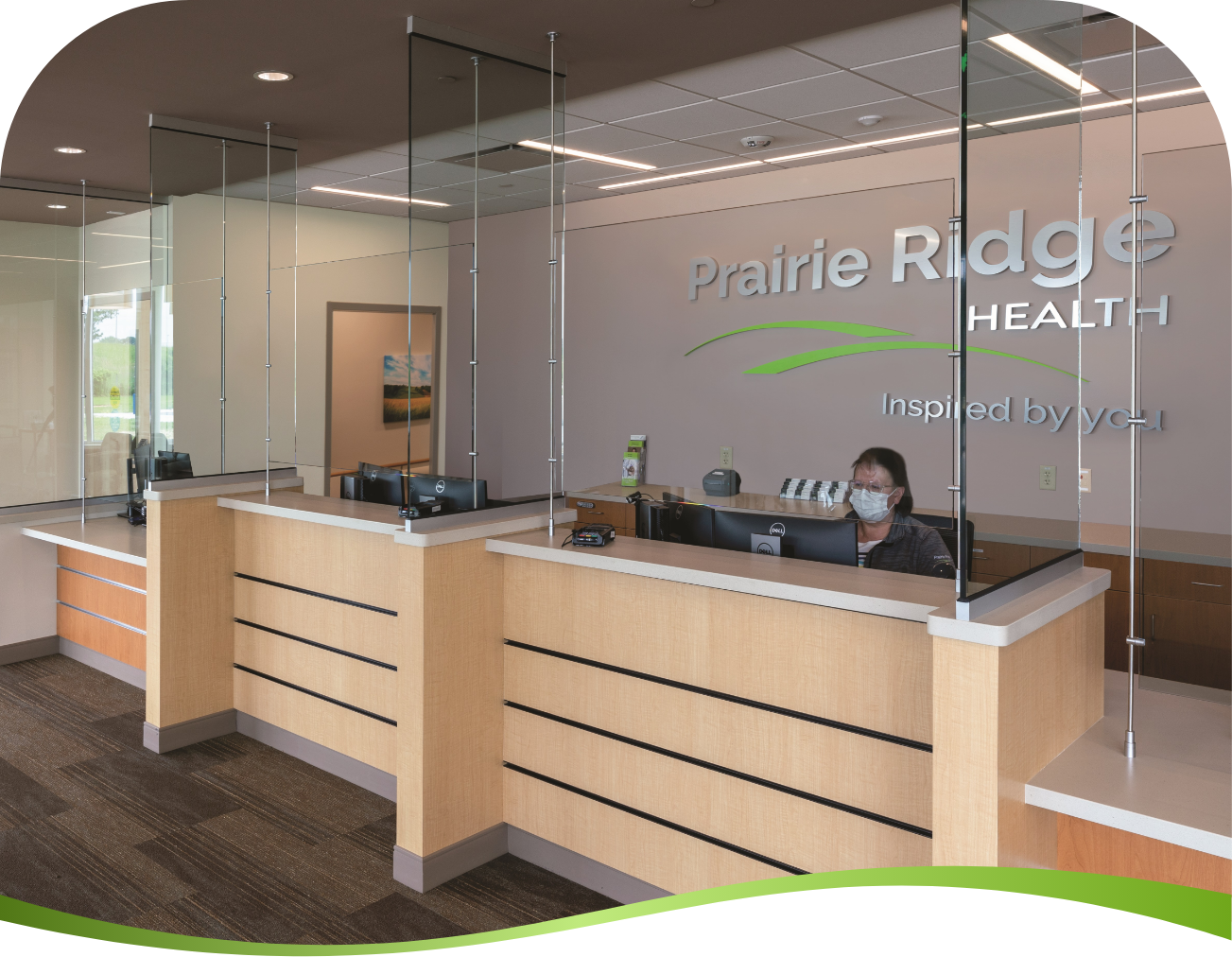Locations
Preparing for Your Clinic Visit
Learn what to do and bring to the clinic based on your visit type.

Visiting a Clinic? Here’s How to Prepare.
We understand that visiting a new healthcare provider can be a bit overwhelming, and we want to help make your experience as stress-free as possible. To prepare for your first appointment, we recommend that you bring a few important items with you, including:
- A list of any medications or supplements you are currently taking.
- Your insurance card and any necessary copayment or deductible information.
- Your medical history, including any chronic conditions or surgeries you have had in the past.
Additionally, it’s a good idea to arrive 15 minutes early for your appointment to allow time for check-in and any necessary paperwork. Our staff is dedicated to providing personalized care and answering any questions you may have about your health or our services.
During a wellness visit, your healthcare provider will evaluate your overall health, including reviewing your medical history and performing a physical exam. To prepare for your wellness visit, we recommend that you:
- Make a list of any current medications, supplements, or over-the-counter drugs you are taking, including dosage and frequency.
- Be prepared to discuss your medical history, including any previous surgeries, medical conditions, health concerns, and the last dates of your general screenings and vaccinations.
- Bring your insurance card and any necessary copayment or deductible information.
Our staff is committed to providing a personalized and comfortable experience during your wellness visit. We understand that each patient has unique needs, and we will work with you to create a customized wellness plan to help you achieve your health goals.
Learn more about the difference between a preventative (wellness) visit and a diagnostic visit.
Experiencing a health issue can be stressful, and we’re here to provide compassionate and personalized care to help you feel better. To prepare for your appointment for a specific health concern or issue, we recommend that you:
- Make a list of any symptoms you are experiencing, including when they started, how often they occur, and their severity.
- Write down any questions you have about your health concern or issue so that you can remember to ask them during your appointment.
- Bring your insurance card and any necessary copayment or deductible information.
During your appointment, our healthcare providers will work with you to diagnose and treat your health concern or issue, and will answer any questions you may have about your condition or treatment options.
Preventative vs. Diagnostic Care
Preventive and diagnostic medical care both play an important part in keeping you as healthy as possible. But, sometimes the difference between the two isn’t clear. Your insurance coverage may be different depending on which type of services you receive (many preventive services are covered at 100 percent). Read on to learn the difference.
Preventative Care
Preventative care is focused on maintaining good health and preventing future health problems. It includes services such as routine check-ups, immunizations, and screenings for various health conditions.
Diagnostic Care
Diagnostic care involves tests and procedures to diagnose and treat specific health conditions or illnesses. These services are used when a patient is experiencing symptoms or has a known health concern, and the goal is to identify the underlying cause of the problem and develop or maintain an appropriate treatment plan.
Be sure to ask your doctor why a test or service is ordered. The same test or service can be preventive, diagnostic or routine chronic care (regular care based on a chronic health condition), and the cost for the service may change based on how it’s defined.